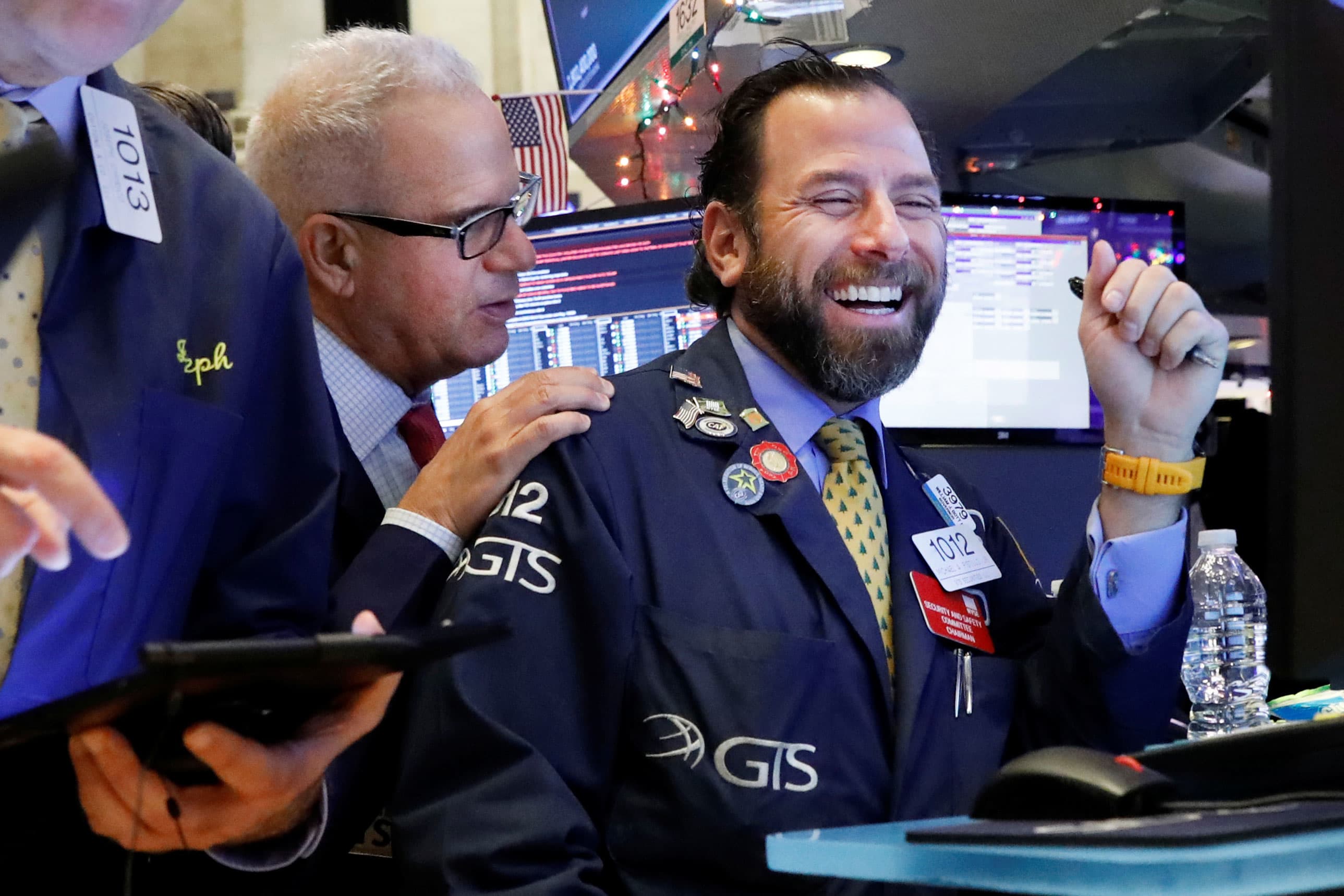
Traders work on the floor at the New York Stock Exchange.
Brendan McDermid | Reuters
The Dow Jones Industrial Average reached a milestone Thursday that seemed unfathomable a year ago.
The 30-stock benchmark broke above 40,000 for the first time. The move comes as investors cheer the prospects of artificial intelligence boosting corporate profits and the Federal Reserve possibly cutting rates later this year as inflation eases further from its pandemic highs.
It’s been a long and winding road for the Dow to climb to these levels. Here’s a look at the Dow’s trajectory over the past 20,000 points.
The Dow first closed above 20,000 in early 2017, as investors began pricing in lower corporate taxes in the U.S. under former President Donald Trump. Those expectations were met toward the end of that year and also drove the Dow above 25,000 by January 2018.
However, the Dow struggled in 2018 after the excitement around lower taxes faded, with trade tensions between China and the U.S. rising and the Federal Reserve raising interest rates. The Dow finished the year down more than 5%.
In 2019, the stock market recovered as the Fed pivoted away from raising rates. By early 2020, the Dow was nearing 30,000 — reaching a high of 29,551.42 on Feb. 12, 2020.
Then came the Covid-19 pandemic. The Dow tumbled 38% from its February 2020 intraday peak to a low of 18,213.65 in March 2020.
Over the following months, the benchmark would recover as progress on Covid vaccine development ramped up and the Fed and lawmakers took unprecedented measures to support the economy. By November 2020, the Dow had closed above 30,000 for the first time.
The momentum from the Covid lows carried through to 2021, with the Dow breaking above 35,000. However, the good times wouldn’t last for much longer, as a bear market knocked the Dow all the way down to 28,660.51 before it recovered. Since reaching that low, the Dow has surged 40%.
— CNBC’s Gabriel Cortés contributed reporting.
This article was originally published on CNBC

